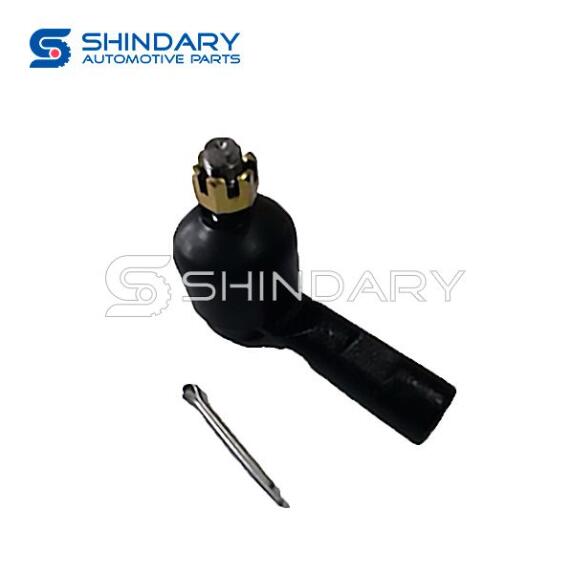The ball joint is a crucial component in a vehicle's suspension system that connects the steering knuckle to the control arm. It allows for the smooth movement of the wheel assembly and helps to support the weight of the vehicle. The ball joint is designed to withstand the stress and pressure of everyday use, but it is still subject to wear and tear over time. In this article, we will discuss the importance of the ball joint, how it works, signs of wear, and how to maintain it.
Importance of Ball Joint
The ball joint for car is a critical component in a vehicle's suspension system. It connects the steering knuckle to the control arm, allowing for the smooth movement of the wheel assembly. The ball joint also supports the weight of the vehicle, which is essential for maintaining stability and balance while driving. Without a functioning ball joint, the wheel assembly would not be able to move and would cause a significant safety hazard.
How the Ball Joint Works
The ball joint is a spherical bearing that is enclosed in a metal casing. It is designed to allow for the movement of the wheel assembly in multiple directions while supporting the weight of the vehicle. The ball joint connects the steering knuckle to the control arm and is attached with a tapered stud and nut. The ball joint is also designed to be able to move up and down and side to side.

Signs of Ball Joint Wear
Like all vehicle components, the ball joint is subject to wear and tear over time. As the ball joint wears, it can cause a variety of issues that can affect the vehicle's performance and safety. Here are some signs of ball joint wear:
Clunking noises when driving over bumps or rough roads
Steering wheel feels loose or shaky
Uneven tire wear
Vehicle drifts to one side while driving
Vibration in the steering wheel
Maintaining the Ball Joint
Proper maintenance of the ball joint is essential to ensure the safety and longevity of your vehicle's suspension system. Here are some tips on how to maintain the ball joint:
Regular Inspection: It is essential to have the ball joint inspected regularly to check for signs of wear and tear. A professional mechanic can inspect the ball joint and recommend any necessary repairs or replacements.
Lubrication: The ball joint is designed to be lubricated regularly to reduce friction and wear. Make sure to follow the manufacturer's recommendations for lubrication frequency and type of lubricant.
Avoid Overloading: Overloading the vehicle can put extra stress on the ball joint and cause it to wear out faster. Be sure to stay within the manufacturer's recommended weight capacity for your vehicle.
Avoid Rough Driving: Avoid driving over rough roads or potholes as much as possible. This can cause damage to the ball joint and other suspension components.
Conclusion
The ball joint is a crucial component in a vehicle's suspension system that allows for the smooth movement of the wheel assembly and supports the weight of the vehicle. Proper maintenance of the ball joint is essential to ensure the safety and longevity of your vehicle's suspension system. Regular inspections, lubrication, avoiding overloading, and avoiding rough driving are all critical in maintaining the ball joint. If you notice any signs of ball joint wear, it is important to have it inspected by a professional mechanic to prevent any safety hazards while driving.
Copyright:@2020-2021
Comments Please sign in or sign up to post.
0
0 of 500 characters used